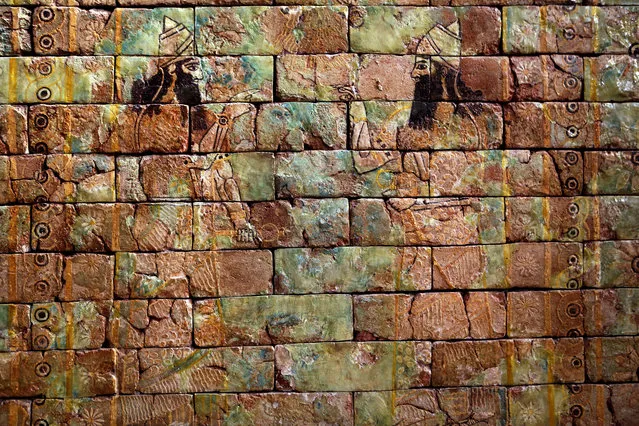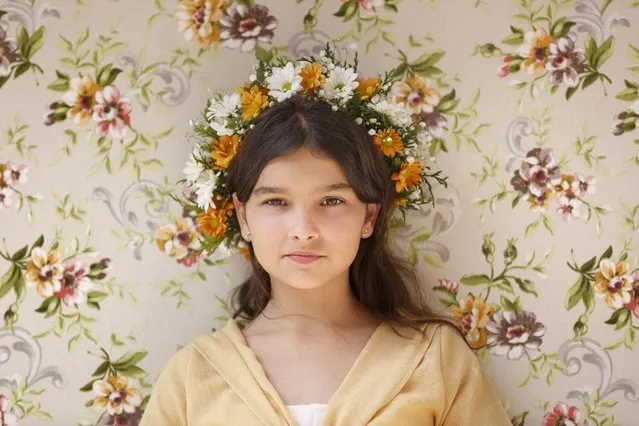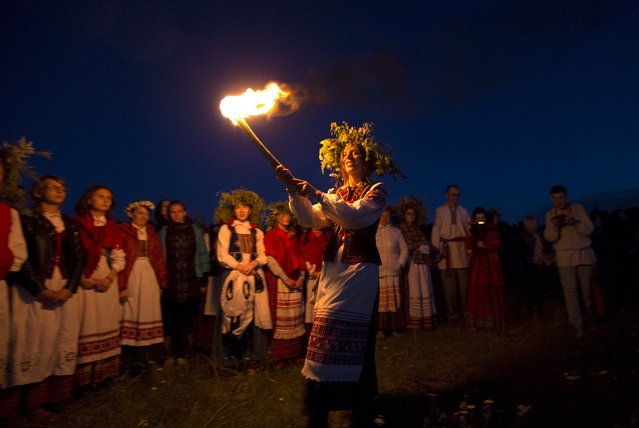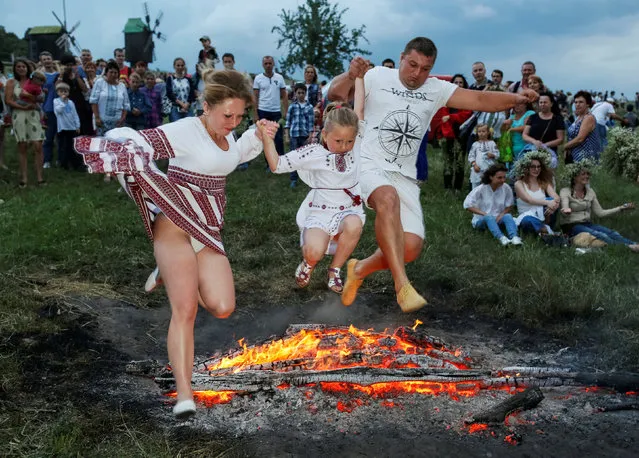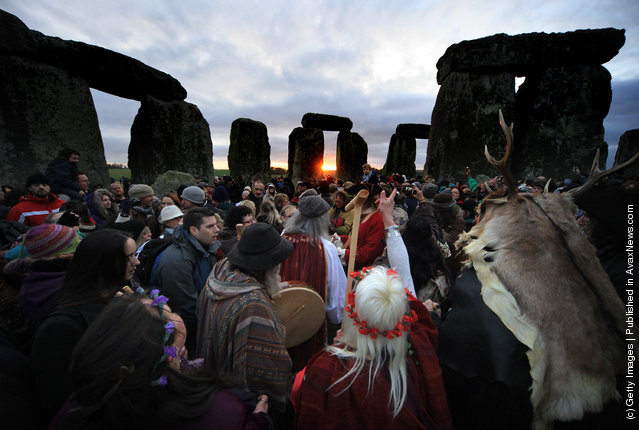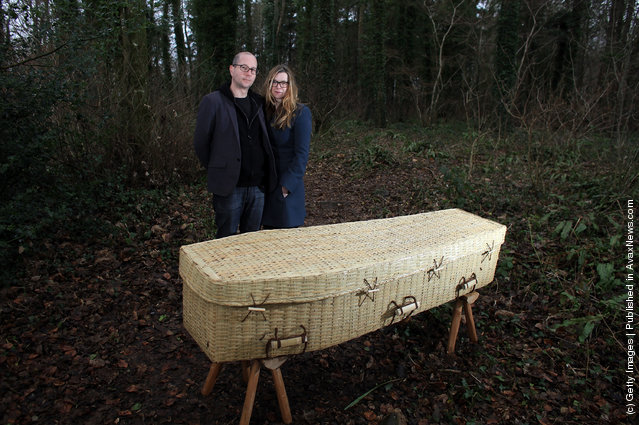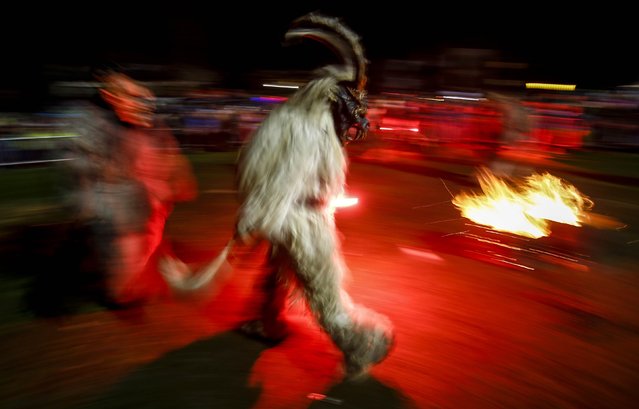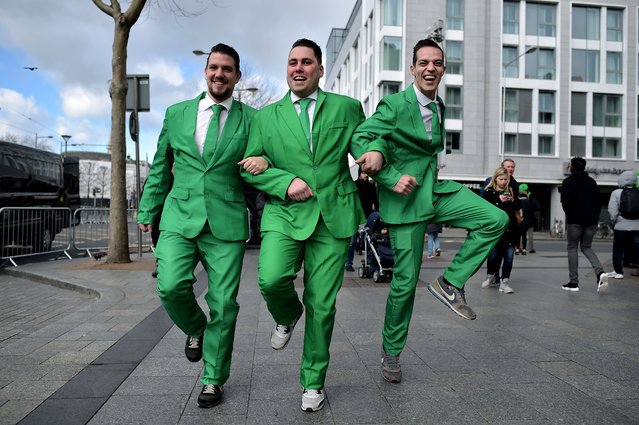
Revellers attend the Saint Patrick's Day parade on March 17, 2019 in Dublin, Ireland. Saint Patrick, the patron saint of Ireland is celebrated around the world on St. Patrick's Day. According to legend Saint Patrick used the three-leaved shamrock to explain the Holy Trinity to Irish pagans in the 5th-century after becoming a Christian missionary. (Photo by Charles McQuillan/Getty Images)
19 Mar 2019 00:05:00,post received
0 comments

